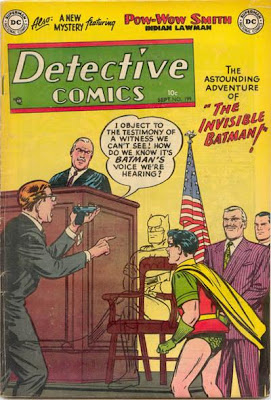New Jersey’s Products Liability Act as Exclusive Remedy for Claims Based on Harm Caused by a Product
As we previously reported here, harm covered by New Jersey’s Products Liability Act (“PLA“) may not be redressed through a claim under New Jersey’s Consumer Fraud Act (“CFA“). However, based on a recent opinion from the United States District of New Jersey, practitioners should be aware that there are no hard and fast rules for early dismissal when a plaintiff asserts claims under both the PLA and CFA. Shannon v. Howmedica Osteonics Corp., No. 09-4171, 2010 WL 1492857 (D.N.J. Apr. 14, 2010).
In Fellner, discussed in our Tuna A Day post, the United States District Court of New Jersey found that the mere fact that the plaintiff sought damages for the cost of the allegedly defective tuna did not negate the fact that her underlying claim was that the product was defective, which claim was covered by the PLA. Fellner v. Tri-Union Seafoods, LLC, No. 06-0688, 2010 WL 1490927 (D.N.J. Apr. 13, 2010). As a result, on defendant’s motion to dismiss, Judge Cavanaugh found that the plaintiff’s claim under the CFA was subsumed by the PLA and dismissed plaintiff’s CFA claims.
In a matter decided one day after Fellner, Judge Linares was not as easily convinced that the plaintiff’s CFA claim was subsumed by the PLA. In this matter, Dave Shannon (“Shannon”) brought an action against Howmedica Osteonics Corporation (“Howmedica“) asserting that a “tibial insert manufactured and sold by Howmedica and inserted into his knee prematurely failed.” Shannon brought claims under both the PLA and CFA. Howmedica moved to dismiss his CFA claim on the ground that it was subsumed by the PLA.
Howmedica argued that the “essential nature of Plaintiff’s CFA claim is a product liability action,” and that the “damages that he seeks in his CFA claim are recoverable under the PLA.” This is a similar argument to the one defendant made in Fellner, which the Fellner Court accepted. In response, while the Shannon court agreed that generally “where the essential nature of a claim is a products liability claim, all other claims are subsumed by the PLA claim,” it pointed out that it appeared that Shannon was seeking damages for the cost to replace the insert — damages that may not be covered under the PLA. Then, however, the Court acknowledged that Shannon may be seeking the same damages under both the PLA and CFA. The Court denied Howmedica’s motion to dismiss and allowed discovery to proceed. Judge Linares stated the following:
If, after discovery, it is clear that all of the harm for which Mr. Shannon seeks redress is covered by his PLA claim, then Howmedica may move for summary judgment on the CFA claim.
From this decision, it appears that claimants in New Jersey may still be able to survive a motion to dismiss when he or she brings both PLA claims and CFA claims where the damages alleged raise the question whether they are covered by the PLA, even where the essential nature of the claim is that a product is defective. As a result, we may see more and more claimants pleading damages similar to Shannon to at least make defendants litigate both PLA and CFA claims through discovery. It will be interesting if the United States District Court of New Jersey further clarifies this issue, providing more concrete rules when CFA claims are subsumed by the PLA.

















